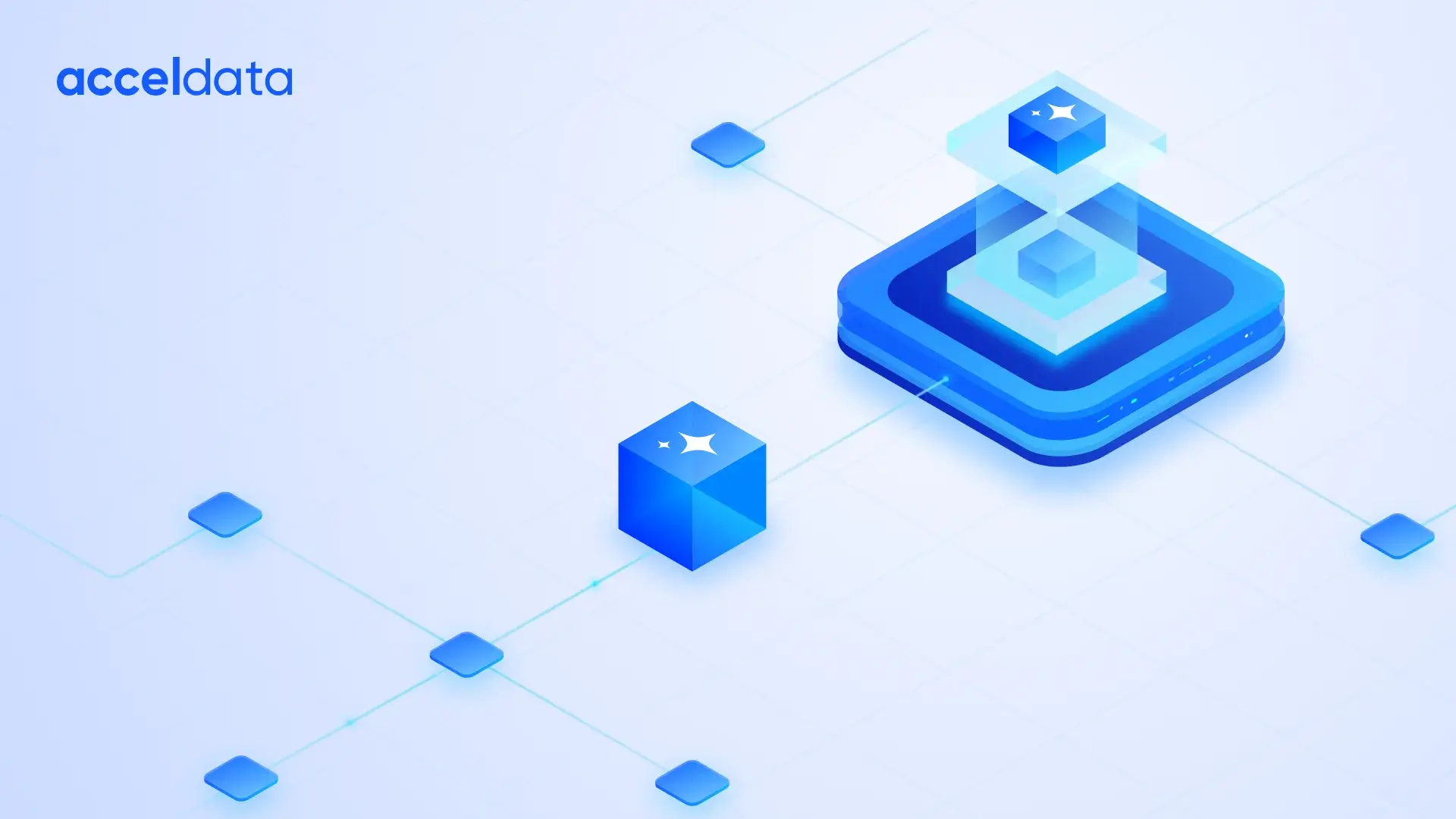Effectively managing and leveraging data at scale is a big job in today’s increasingly data-driven healthcare industry.
The sheer volume of data that's created by, and shared among patients, physicians, healthcare institutions, and software providers is immense. And, the diversity of healthcare data—including financial, billing, claims, adjudication, and efficacy data—presents additional challenges that are practically impossible to overcome without the right technology.
Acceldata’s Founder & CEO, Rohit Choudhary, sat down with Krishnan Bhagavath, VP of Engineering at HealthEdge, a software company that’s focused on next-generation core administration and care coordination, to discuss the impact that multi-layered data observability has on data-driven transformation in the healthcare industry.
Managing the Cost and Complexity of Healthcare Data
To keep pace with growing data volumes and accelerate the development of innovative solutions for healthcare customers, HealthEdge began transitioning from a relational database management system (RDBMS) to distributed data systems.
“When you’re looking at administering care at scale, you need a lot more signals in your system,” said Bhagavath. “We look at transformation not just as a technology initiative, but also in terms of what it can do for our customers.”
Implementing a distributed cluster made it easier to bring in more data from third-party sources, but it also introduced new levels of complexity for ensuring data reliability and recency.
Knowing which data sets to use for specific use cases was a key hurdle. “To qualify what data is noise and what is a signal, there had to be filters that we baked into our systems,” Bhagavath said. Claim data, for example, was particularly difficult to utilize without proper context.
He continued, “To identify meaningful information that’s embedded in claims and preserve it in a format that other systems can influence or interpret, you really need to have the lineage of data.”
Supporting more data sets and data-driven use cases also presented numerous cost-related challenges. “From previous experiences, I’ve seen how much money is involved with big data clusters and what they could end up costing,” Bhagavath said. “Not just in provisioning systems, but also in terms of how massive they can grow over a period of time.”
Future consumption costs were especially important to consider as HealthEdge developed new products aimed at supporting customers’ expanding data needs. “It is critical to not only build systems that act as gateways for others to tap into our data but also enable them to run meaningful queries without expanding clusters by 500 nodes,” Bhagavath said.
Leveraging Multi-dimensional Data Observability to Ensure a Smooth Transformation
Seeking enhanced levels of transparency for its data and workloads, HealthEdge implemented a multi-dimensional data observability strategy during the initial phases of its data-driven transformation.
“Once you have a system that’s built out, it’s too late,” Bhagavath explained. “Investing earlier on has yielded massive dividends for us. We’re able to look at optimization at the beginning, rather than at the end.”
Adopting Acceldata Data Observability Cloud provided a 360-degree view into HealthEdge’s data ecosystem, which kept technical staff focused on engineering value-added solutions for healthcare customers.
In particular, Acceldata Pulse and Torch made it easier to anticipate future scenarios to avoid unexpected costs, maintenance, and downtime. “Pulse and Torch enabled us to foresee what might likely happen for a given workload and project it out,” Bhagavath said. “It’s critically important for us to leverage these types of systems rather than investing on what we think might happen.”
Multi-dimensional Data Observability dashboards surfaced insights to help HealthEdge’s engineering team efficiently fine-tune its data systems without digging through large amounts of log file data. “When you have a dashboard as clean as Pulse and Torch, it becomes extremely clear when there’s a missing piece to the puzzle,” Bhagavath said.
Implementing a commercial Data Observability solution—instead of building one from scratch—expedited HealthEdge’s data-driven transformation and provided a reliable partner for ongoing collaboration.
“Being early partners with Acceldata has helped a lot,” Bhagavath said. “Not only do we have dashboards to help fine-tune our systems, but we can also tap into a talent pool that is nudging us in the right direction.”
Controlling Costs and Designing a Leaner Tech Stack
Leveraging multi-dimensional data observability platform as a key element of HealthEdge’s data-driven transformation is already bearing fruit—especially from a cost perspective.
“Having the ability to observe what’s happening within our clusters in terms of utilization is significant,” said Bhagavath. “This has been a massive savings for us.”
Working closely with the team at Acceldata has led to a more refined technology stack that makes HealthEdge better equipped to respond to customers’ needs. “We have benefited from these interactions, not just in terms of using tools and techniques but also in putting the right technology stack in place,” Bhagavath said. “It’s been a fantastic experience and an opportunity for joint discovery.”
Moving forward, Bhagavath sees multi-dimensional data observability as an important part of HealthEdge’s ability to ensure data reliability despite rising data volumes. “We’re only scratching the surface of what we can do with data,” Bhagavath said.
A video of the original conversation is available here.
Make Data Observability a Part of Your Data-Driven Transformation
Get a demo of the Acceldata Data Observability Platform and see how Data Observability can support your data-driven transformation.














.webp)
.webp)


